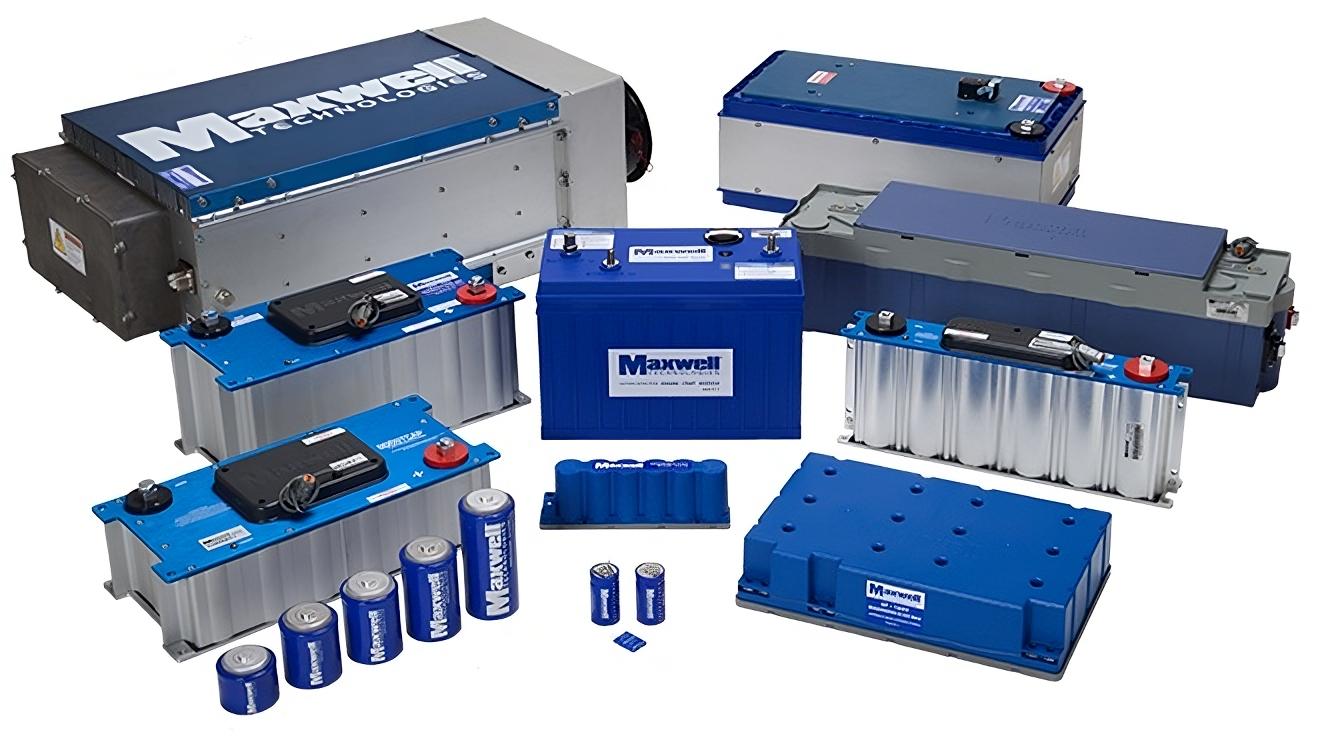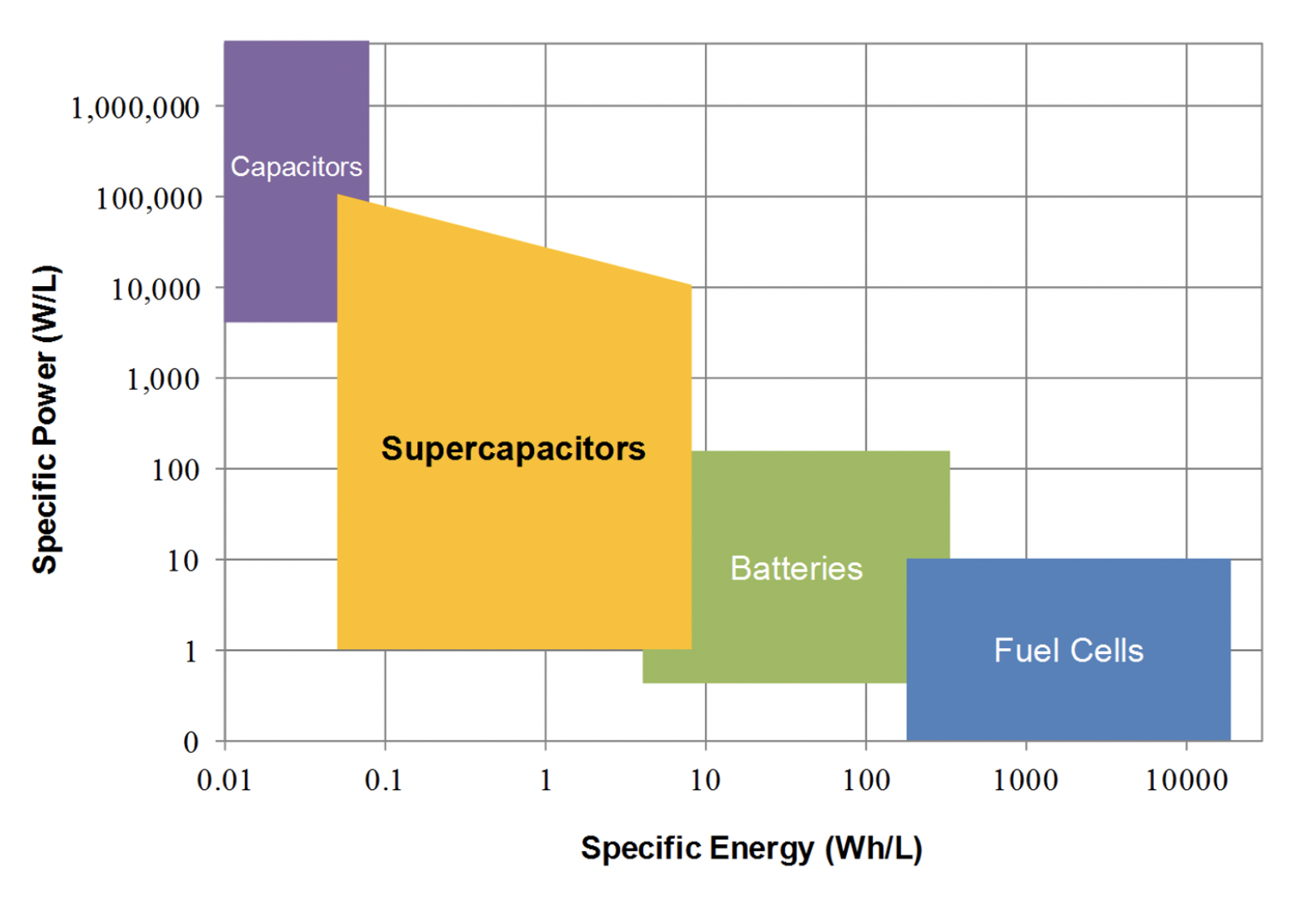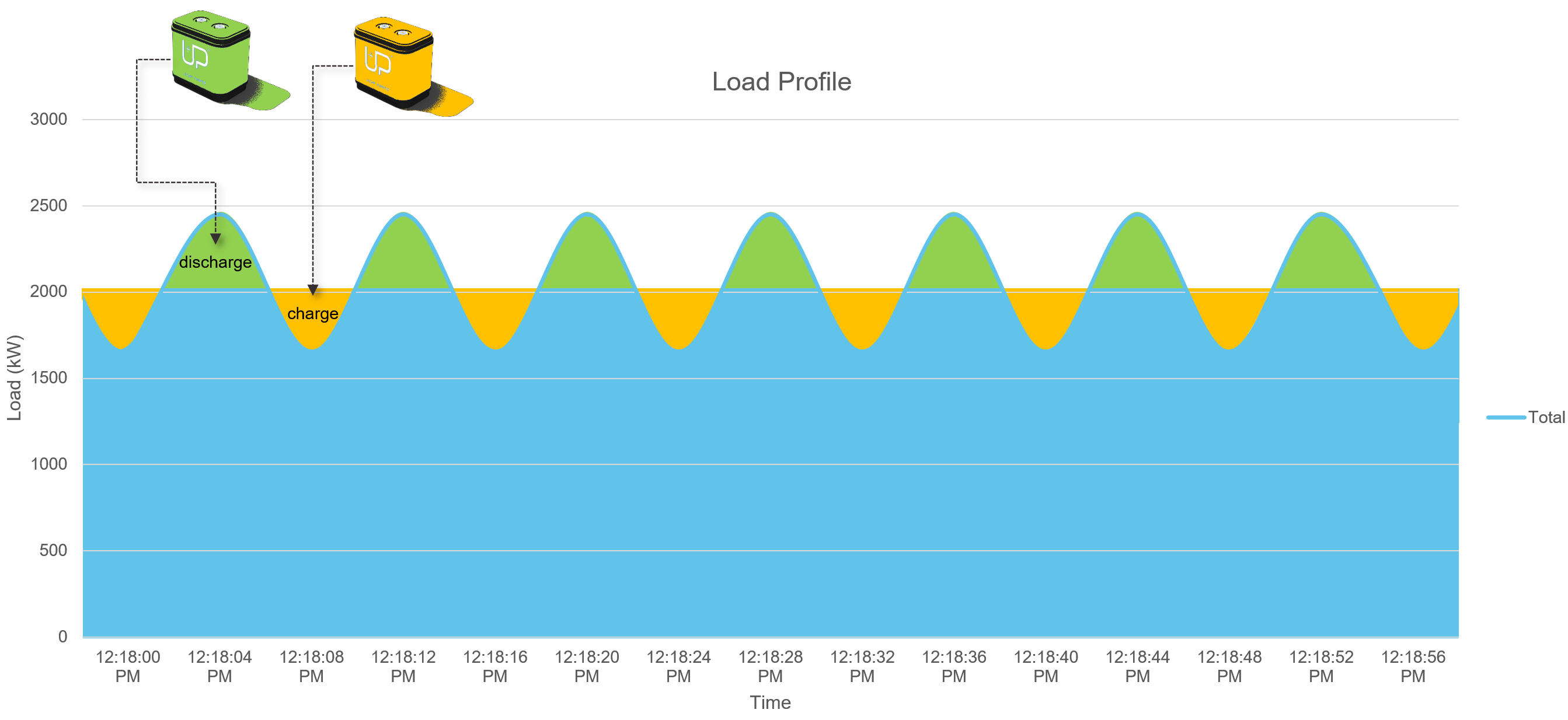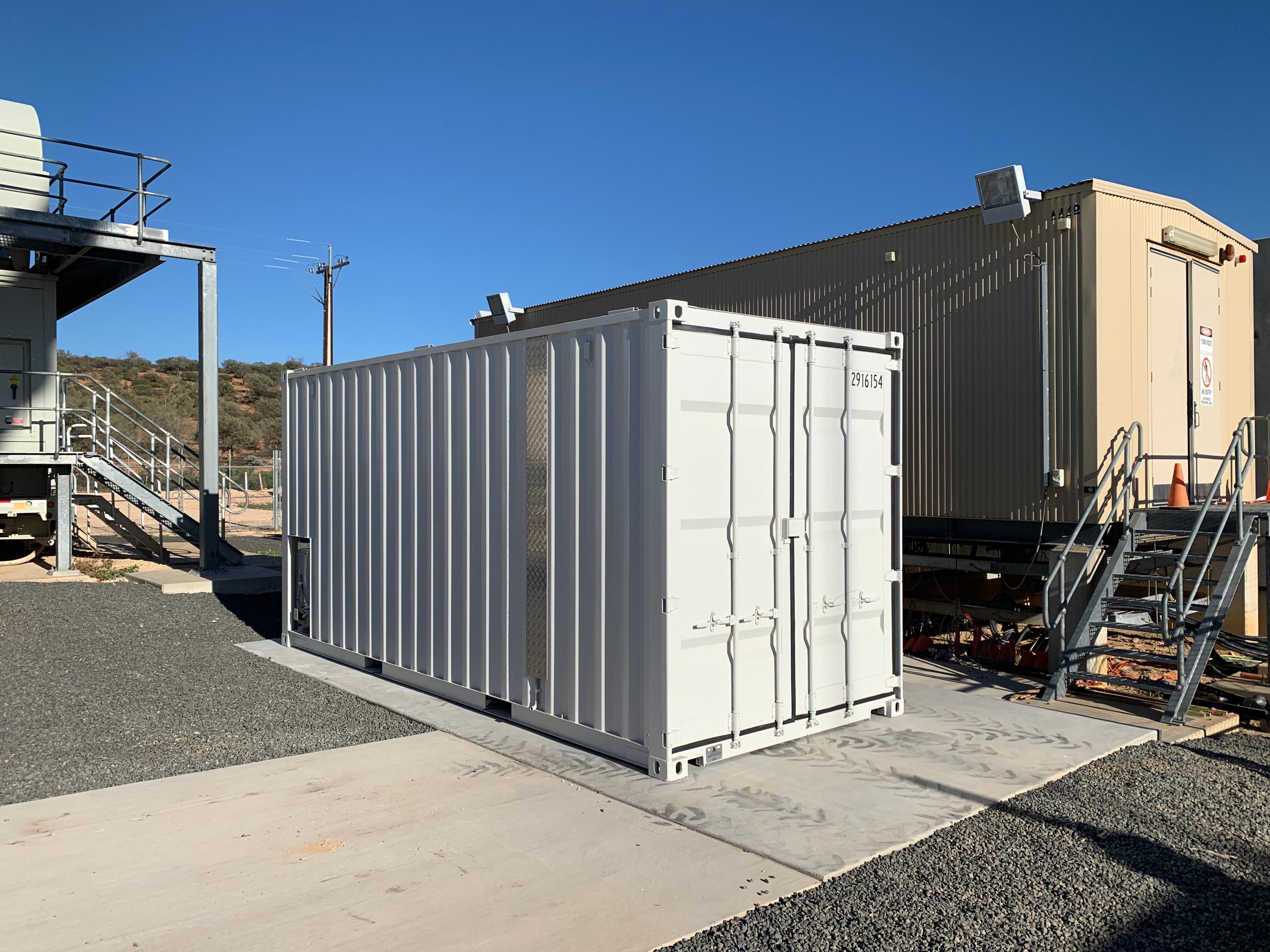In today’s age of renewables, the search for the most efficient ways to harvest, conserve and utilise energy is of the utmost importance. In solving some of the challenges of an increasingly variable energy system, ultracapacitors (also known as supercapacitors and electrochemical capacitors) have recently gained popularity as a way to rapidly store and dispatch energy and mitigate the weakness of currently prominent energy storage methods such as batteries.
What is an Ultracapacitor?
In order to understand what an ultracapacitor is we must first understand what a typical capacitor is. According to Von Luke James from Power & Beyond, a “typical capacitor is made from two metallic plates (electrodes) that separate a dielectric substance between them” and when “voltage is applied, electrons gather at one of the electrodes, thereby storing the electrical charge”.
Such capacitors are commonly used in consumer electronics to block direct current in circuits while allowing alternating current to pass through, to store and release energy in electronic circuits, among many other use cases.
James points out that an ultracapacitor works in a similar way, except in the ultracapacitor, “the wedging material is an electrolytic solution rather than a dielectric substance” and when voltage is applied, an “electric double layer” is formed, aligning positive and negative charge along “the boundaries of the electrodes and the electrolytic solution”, which acts as “a place of storage for electrical charge”.

Ultracapacitors vs Batteries
Batteries and ultracapacitors share many similarities, such as having the same electrochemical structure involving electrodes and electrolytic solutions. However, the main difference is that in a battery, chemical reactions take place in the solution between the electrodes, whereas in an ultracapacitor there is only electron movement.
Due to the way they are designed, instances where a lot of energy needs to be delivered quickly can significantly damage a battery and its lifespan. In comparison, ultracapacitors specialise in delivering energy rapidly but can’t store as much energy as a battery. Simply put, ultracapacitors have a higher power density than batteries but lower energy density in comparison. In many use cases, batteries and ultracapacitors will be used together to mitigate each other’s weaknesses.

Ultracapacitor Applications
While renewables such as solar and wind are great alternatives to fossil fuels from an environmental perspective, there are still many obstacles that need to be tackled in terms of storing and utilising that energy. Such issues are usually caused by the intermittent nature of renewable energy.
In a journal article investigating the suitability of ultracapacitors for renewable energy applications, Jie Zhang, Min Gu and Xi Chen remark that ultracapacitors “offer a suitable solution for mitigating voltage fluctuations, enabling smooth power transmission, and storing excess energy, especially in applications requiring a fast charge and discharge cycles”.
When it comes to solar energy, for example, batteries are currently widely used to store power generated by PV cells. However, due to the fluctuating power supply and consumption involved in this process, the lifespan and capacity of the storage system are negatively affected. This issue is also common for other types of renewable energy such as wind. In the past decade, ultracapacitors have emerged as a way to “balance the demand for power and the fluctuations in charging within solar energy systems”.
 Ultracapacitors can be used with renewables.
Ultracapacitors can be used with renewables.
A recent technology strategy assessment conducted by the US Department of Energy highlights that there are many applications for ultracapacitors outside of renewable power generation:
- Medical: Ultracapacitors can be used in equipment such as “defibrillators, medical implants (e.g., pacemakers), patient monitoring equipment”, and other medical devices.
- Industrial and manufacturing: Variable-frequency drives that operate “critical manufacturing processes”, utilise ultracapacitors to “ensure constant voltage”. Industrial applications requiring “quick peaking power, such as seaport cranes and forklifts” also make use of ultracapacitors.
- Electric and hybrid vehicles: Ultracapacitors can be used in regenerative braking to improve the system's efficiency and reduce the wear on batteries from frequent braking and accelerating.
- Microgrids and SPS: Battery energy storage systems are often combined with ultracapacitors in microgrids, stand-alone power systems and “off-grid remote facilities” to “provide and absorb inrush currents during equipment start-up and during line faults”.
- Wave parks and aquatic centres: Wave parks typically experience highly cyclical electrical loads, high electrical demand and high thermal demand (for heat), which are all challenges that can be addressed with an ultracapacitor solution.
What are LSMs/GSMs?
Load or grid stability modules (LSM/GSM) are often used alongside batteries in microgrids and SPS, critical grid infrastructure, manufacturing plants, etc., to reduce the amplitude of electricity load peaks and troughs, significantly lowering the cycling load on the batteries. These modules are often made up of high-power inverters with ultra-capacitor energy storage. Load stability modules often lead to reduced demand cost and improved system efficiency.

Optimal Group’s Experience
Global energy giant Santos was looking for a new power generation solution for its Tarbat oil field, located in Southwest Queensland. The oilfield consists of about 70 wells with linear rod pumps that operate out of sequence, resulting in the generators having to deal with a highly variable cyclic load. These types of loads cause significant challenges for traditional power generation equipment.
A Capstone C1000S (comprising 5 x 200kW modules) was selected. The modular design provides the ability to continue to operate while servicing individual modules and also individual turbines to be switched off and run part-load when site demand reduces, improving overall efficiency. Capstone microturbines use power electronics to convert high-frequency AC at the generator to DC, then back into 400/480V digital 3-phase power. The integrated battery in the package provides instant transient load response, allowing the turbines to meet load peaks and troughs. The modular inverter-based microturbines provided key benefits to the project, however high cycling loads would significantly shorten microturbine battery life, and potentially lead to reliability issues if failed.
Our engineering solution to address all of these challenges included an Optimal-designed ultracapacitor-based load stability module (LSM). Due to the short period of the cycles and the frequency at which the cycling patterns occur, the ultracapacitor storage in the LSM ensures a long lifespan for the batteries and reduces system thermal issues. With response times of 200ms, it is highly suited for rapid response to highly cyclic loads, reducing peaks and troughs for millions of cycles.
 Load Stability Module (Santos)
Load Stability Module (Santos)
Sources
James, V. L. (2022, August 4). Supercapacitor: Workings and applications. Power & Beyond. https://www.power-and-beyond.com/supercapacitor-workings-and-applications-a-9dd11c509fefd4ca7e2db6e586e445cf/
Sleppy, J. (2021, April 15). Batteries vs. Supercapacitors? The Answer is Both. Capacitech Energy. https://www.capacitechenergy.com/blog/batteries-vs-supercapacitors-the-answer-is-both
United States Department of Energy. (2023). Technology Strategy Assessment: Findings from Storage Innovations 2030 – Supercapacitors. https://www.energy.gov/sites/default/files/2023-07/Technology%20Strategy%20Assessment%20-%20Supercapacitors.pdf
Zhang, J., Gu, M., & Chen, X. (2023). Supercapacitors for renewable energy applications: A review. Micro and Nano Engineering, 21. https://doi.org/10.1016/j.mne.2023.100229
